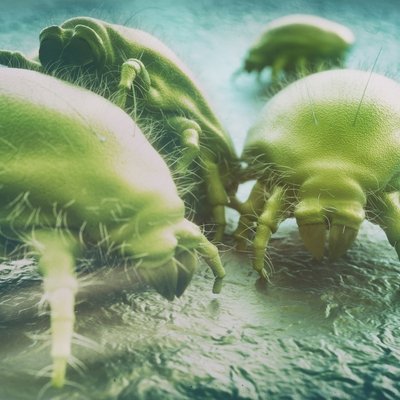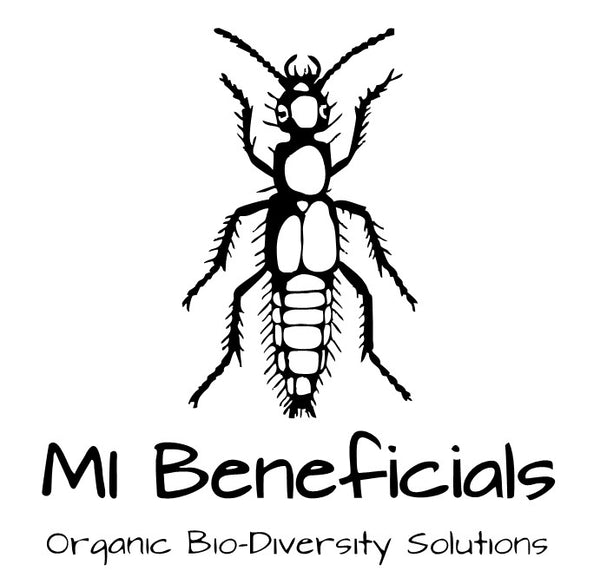
Oribatid (Oribatida) Mites in Living Soil
Mark AshworthShare
Oribatid mites have an extraordinary range of species across most ecosystems around the world, similar to the Springtail (Collembola). These mites are very important in the environment because they help with soil formation and they help break down organic matter as part of the nutrient cycle.
This translates across to your living soil containers indoors and having them around will not only improve the quality of your soil, but increases the speed of decomposition and provides additional populations to fill voids where pest species may fill.
Identification:

Oribatid Mites can range in color from white to dark brown and are mostly, extremely small (less than 1mm in length), but some can grow to the size of the tip of a pencil.
Purpose:
Oribatid mites exist to help decompose and cycle nutrients in the soil food web. They consume fungi and bacteria that is found on detritus. Oribatid mites are essential in a healthy, balanced soil food web and a bigger diversity of species, is always better in our opinion.
Our Bio-Diversity Packs were developed to bring a balanced consortia of soil-based insects to your garden. Check them out here!
They assist in breaking down organic matter and making it bio-available to your plants. Additionally, their presence in your soil food web will act as competition for negative pests and even clean up waste matter that could otherwise bring fungal or bacterial pathogens into your soil.
Looking for a microbial inoculant developed for Living Soil? We carry Rhizocraft which is a bio-inoculation package containing endomycorrhizae. Rhizocraft in conjunction with healthy soil bio-diversity is a true dream-team in diversity from the microbes to micro-organisms.
Habits:
Oribatid mites, just like Springtails, will rise and fall in populations depending on how moist your rhizosphere stays. We have found that the populations will recede down to wherever the moisture line is so they're always present as long as your containers haven't been abandoned.
Oribatid mites can usually be spotted hanging around wet, organic amendments as well as decomposing leaf litter. Depending on what the food source is, they may actually appear different in color. This is not an accident, as they're able to keep their shells through their life stage development to better suit their camouflage.
Since they are extremely slow moving, they have developed defense mechanisms to protect them against predator mites and other predators. To help survive, they are able to cover themselves in soil or other debris (and use their exoskeleton as camouflage). They also have armor protecting them and are able to roll into a ball to protect themselves.
Life Cycle:
Oribatid mites can be extraordinarily long lived; on average 2 years, but sometimes even up to 5 years of age. Since they're very slow moving, it translates into slow reproductive rates and low counts. This means that building their population can sometimes take months or years.
Looking for that headstart? Our Bio-Diversity Packs come with Oribatid mites and other decomposers to help get your nutrient cycle firing on all cyclinders.
Read More About These Key Soil-Based Beneficial Insects
- Oribatid Mites (Oribatida)
- Rove Beetles (Dalotia coriaria)
- Stratiolaelaps scimitus (Hypoaspis miles)
- Springtails (Collembola)
- Red Wiggler Worms (Eisenia Fetida)
- Enchytraeidae (Pot Worms)
